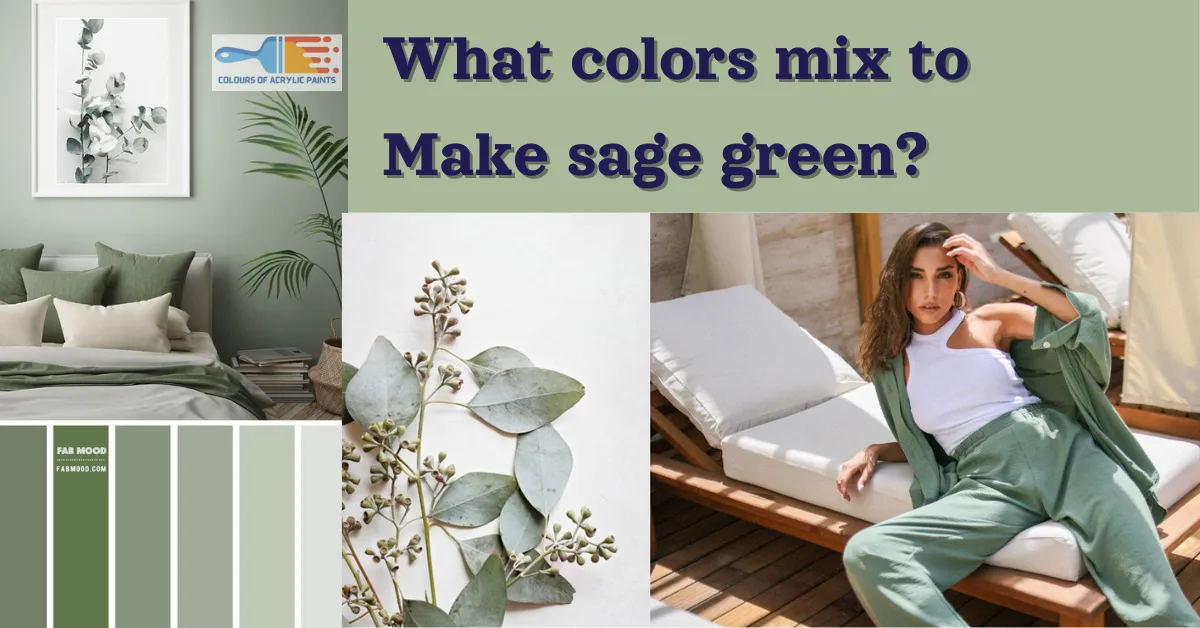Sage green stands out as an enchanting hue born from a delicate blend of deep greens and soft greys. Whether used in textiles, paint colors, or furniture pieces, sage green has the remarkable ability to infuse any space with a sense of balanced harmony that appeals to both mind and soul. So if you’re looking to introduce an air of calm sophistiation into your living spaces, consider mesmerizing shade known as sage green. Let’s explore which colors mix to make sage green.
Components of Sage Green
Sage green is a fascinating color that embodies a delicate balance of two main components.
Grey and Green
The rich mix of green and grey undertones creates a soothing and versatile shade that exudes both natural calmness and understated elegance.
The allure of sage green lies in its complexity, as it emerges from the interplay between calming greens and subtle grays.

Sage Green Color Code
Sage Green Hex color code is 9CAF88
#9CAF88
Experimenting with Different Colors colors mix to Make sage green
A delicate balance of blue, yellow, and a hint of black or white colors mix to Make sage green .
Start with a base of yellow paint and gradually add small amounts of blue until the desired shade is achieved.
This process requires patience and precision, as too much blue can overpower the green hue while too little may result in a muddy tone.
Tip for Perfect Sage Green
A tip for achieving the perfect sage green is to introduce small increments of black or white to adjust the depth and intensity.
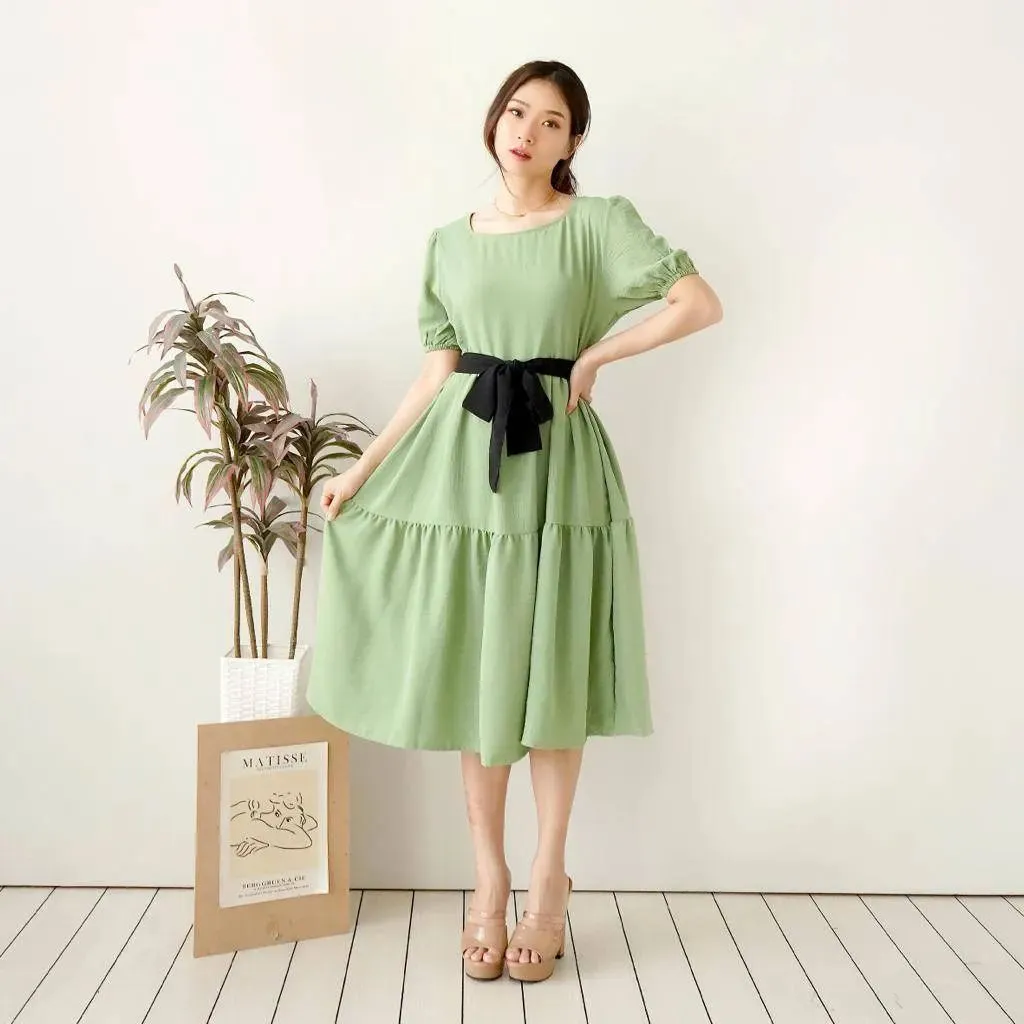
Different Ratios of Colors
Colors mixing to Make sage green can be a fascinating experiment, especially when exploring different ratios of the primary colors. By combining various amounts of blue and yellow, you can achieve a spectrum of shades within the sage green palette.
When increasing the amount of blue in the mix, you’ll notice how the color deepens into a richer, more muted tone, resembling the muted olive foliage found in nature.
On the other hand, adding more yellow brings out brighter hues reminiscent of fresh spring leaves.
A touch more blue might infuse a sense of tranquility and coolness into sage green, while slightly more yellow evokes warmth and vitality.

Different shades of Sage Green
Soft Eucalyptus hues to Muted Olive Undertones
The diversity of shades within the sage green palette provides endless possibilities for creative expression. From soft eucalyptus hues to muted olive undertones, each shade tells a distinct story while maintaining the overall essence of serenity.
These various shades lend themselves seamlessly to diverse design aesthetics – from bohemian chic to modern minimalist. This fluidity showcases how sage green has established itself as a timeless and adaptable hue that continues to inspire and captivate designers across industries.
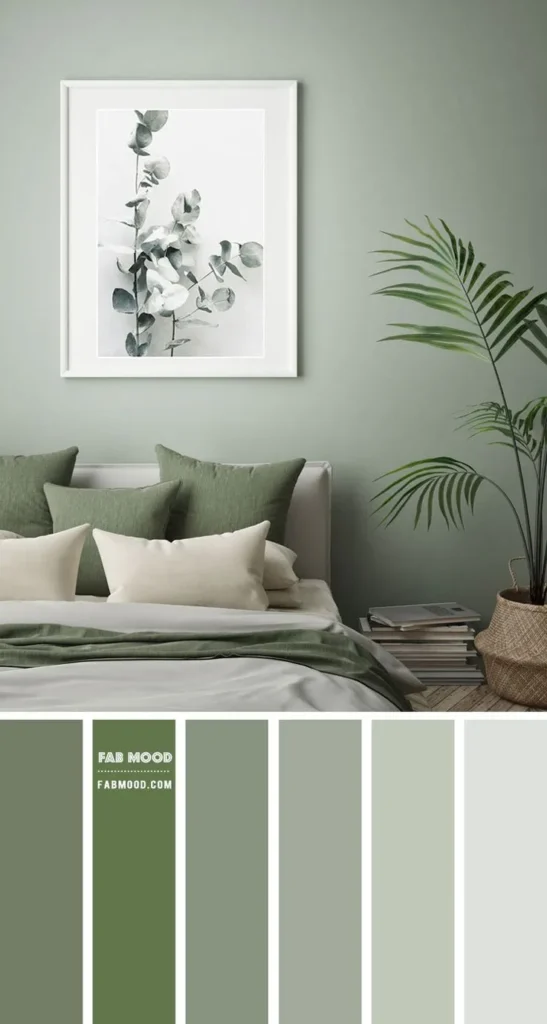
Which Color goes with sage green?
Sage Green and Soft Blush Tones
One delightful pairing is sage green with soft blush tones. The subtle pink hues add a touch of warmth and femininity to the calming nature of sage green, resulting in a balanced and inviting aesthetic.
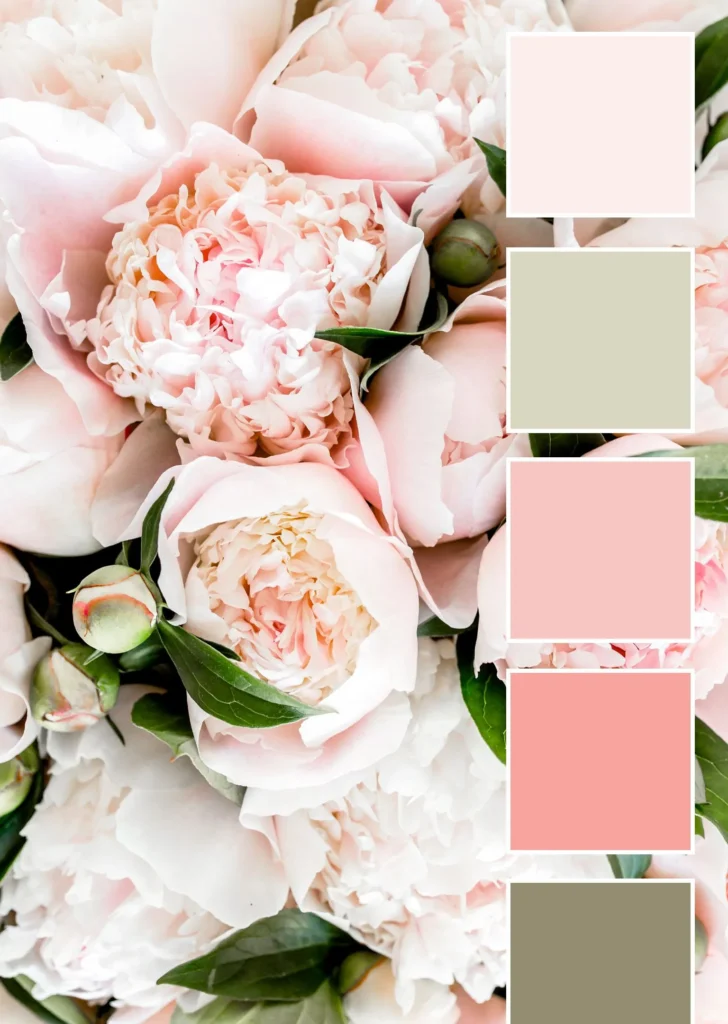
Sage Green and Deep Navy Blue
Deep navy blue can create a striking contrast with sage green, offering a sense of depth and richness to any space. This bold combination brings together the calming qualities of sage green with the timeless elegance of navy blue, making it an excellent choice for creating a modern yet comforting atmosphere.
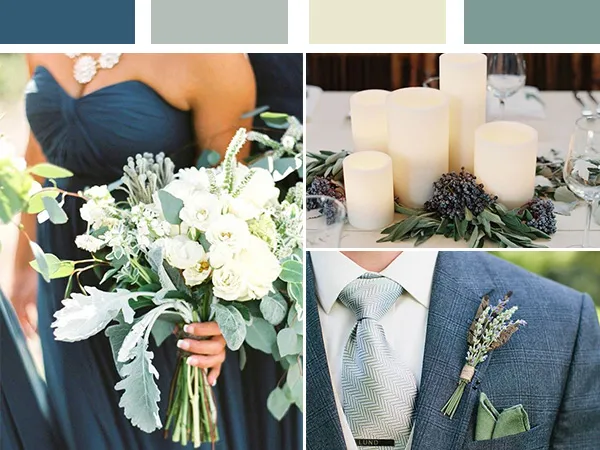
Sage green and Mustard Yellow
Another captivating option is using mustard yellow as an accent color alongside sage green. The vibrant yellow infuses energy and vibrancy into the serene backdrop of sage green, giving any room a cheerful and uplifting ambiance.
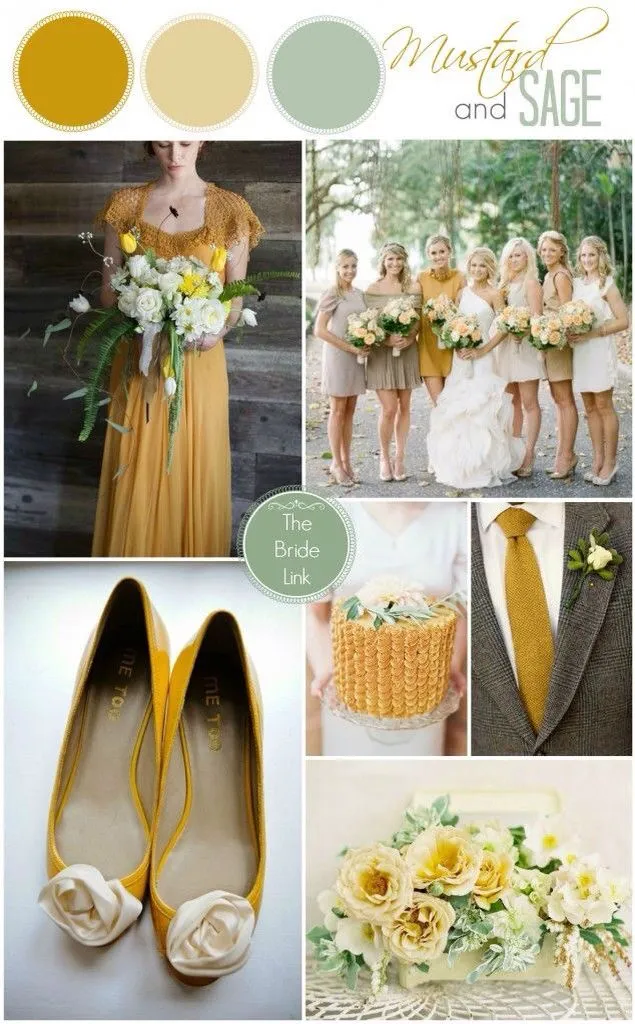
What food colors mix to Make sage green?
Creating a beautiful sage green color using food coloring can be a fun and rewarding process. To achieve this soft, earthy tone, start with a base of white frosting or fondant. Begin by mixing a small amount of leaf green food coloring with an even smaller amount of brown or ivory food coloring. This will help to give the green a muted, natural look that is characteristic of sage.
For a more natural approach, consider using matcha powder in place of green food coloring. The rich, earthy tones of matcha can create an authentic sage green hue while adding a subtle hint of flavor to your confections. Adjust the amount to reach the desired shade, and be sure to mix well to evenly distribute the color throughout your frosting or dough.
Another option for achieving sage green with food colors is to experiment with different combinations of blue and yellow dyes. Mixing small amounts of sky blue and golden yellow can produce varying shades of green that, when balanced correctly, mimic the softness and depth found in fresh sage leaves. This method allows for greater control over the final color outcome and can result in unique variations that bring depth and dimension to your culinary creations.
Conclusion: Creating Your Own Sage Green Palette
Green, Gray, and a touch of Yellow colors mix to Make sage green. By mixing varying amounts of green, gray, and a touch of yellow, one can create a beautiful sage green hue. Understanding the color wheel and experimenting with different combinations can lead to unique variations of sage green. Whether for interior design, fashion, or art projects, knowing how to mix colors to make sage green can open up a world of creative possibilities.

